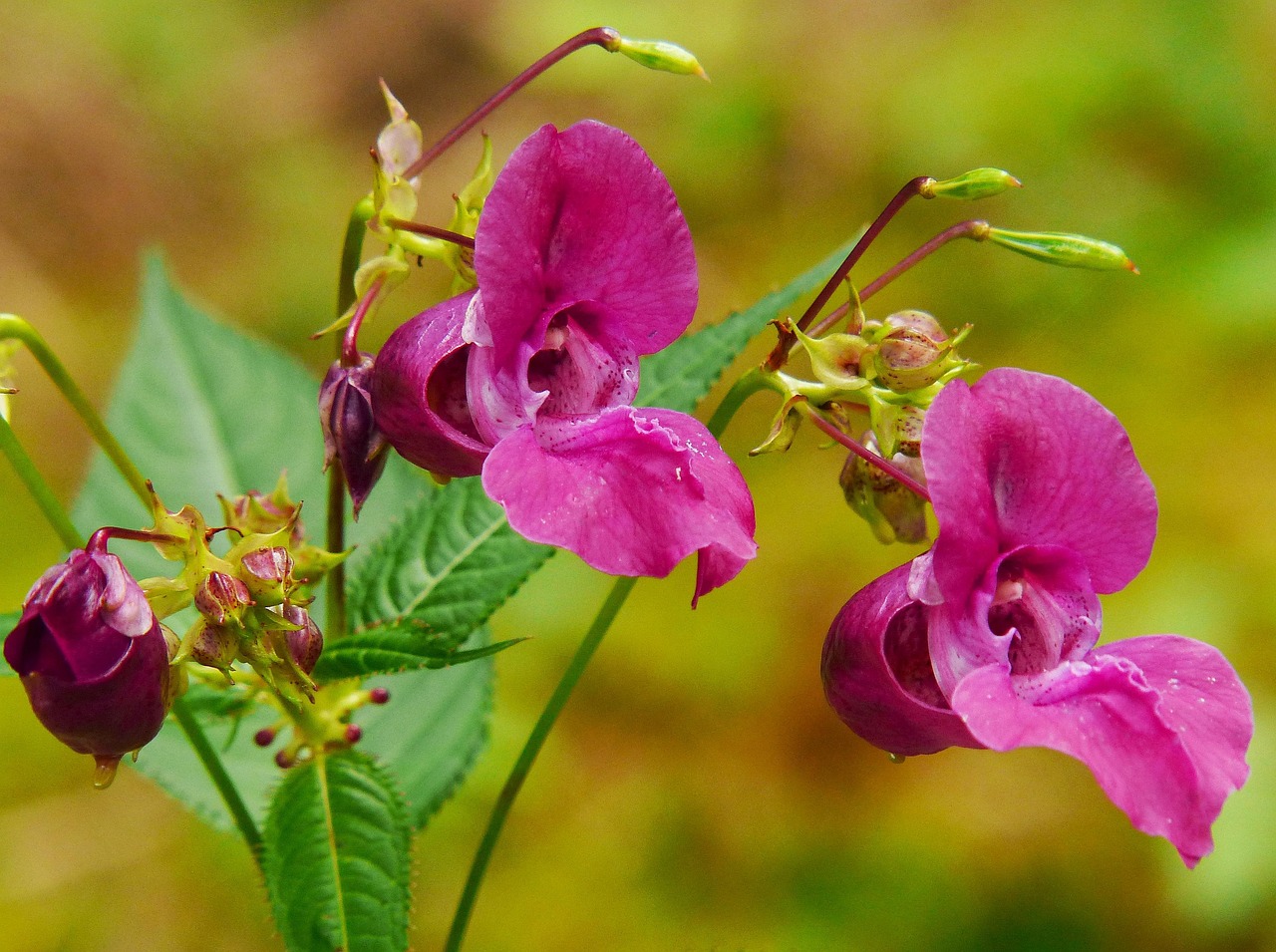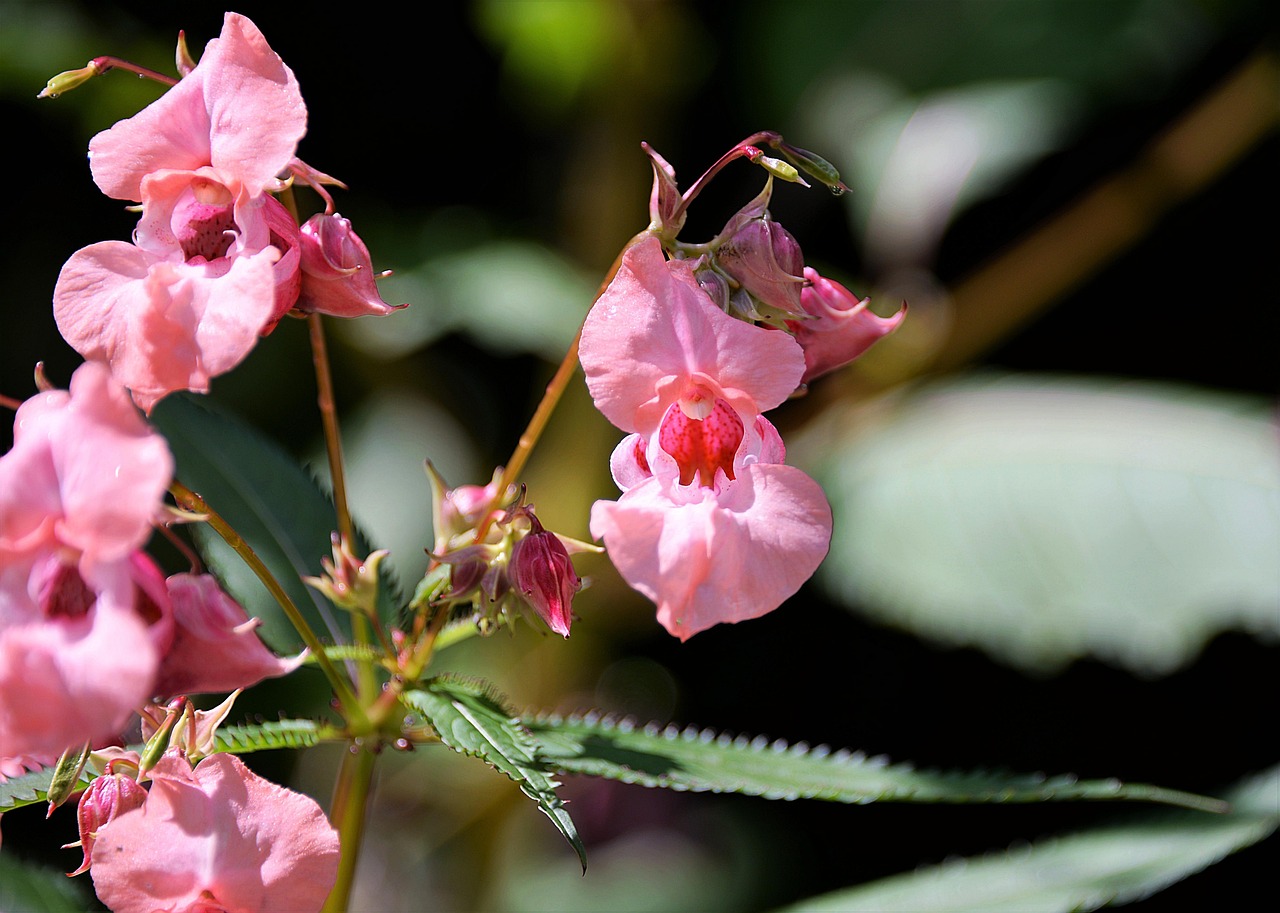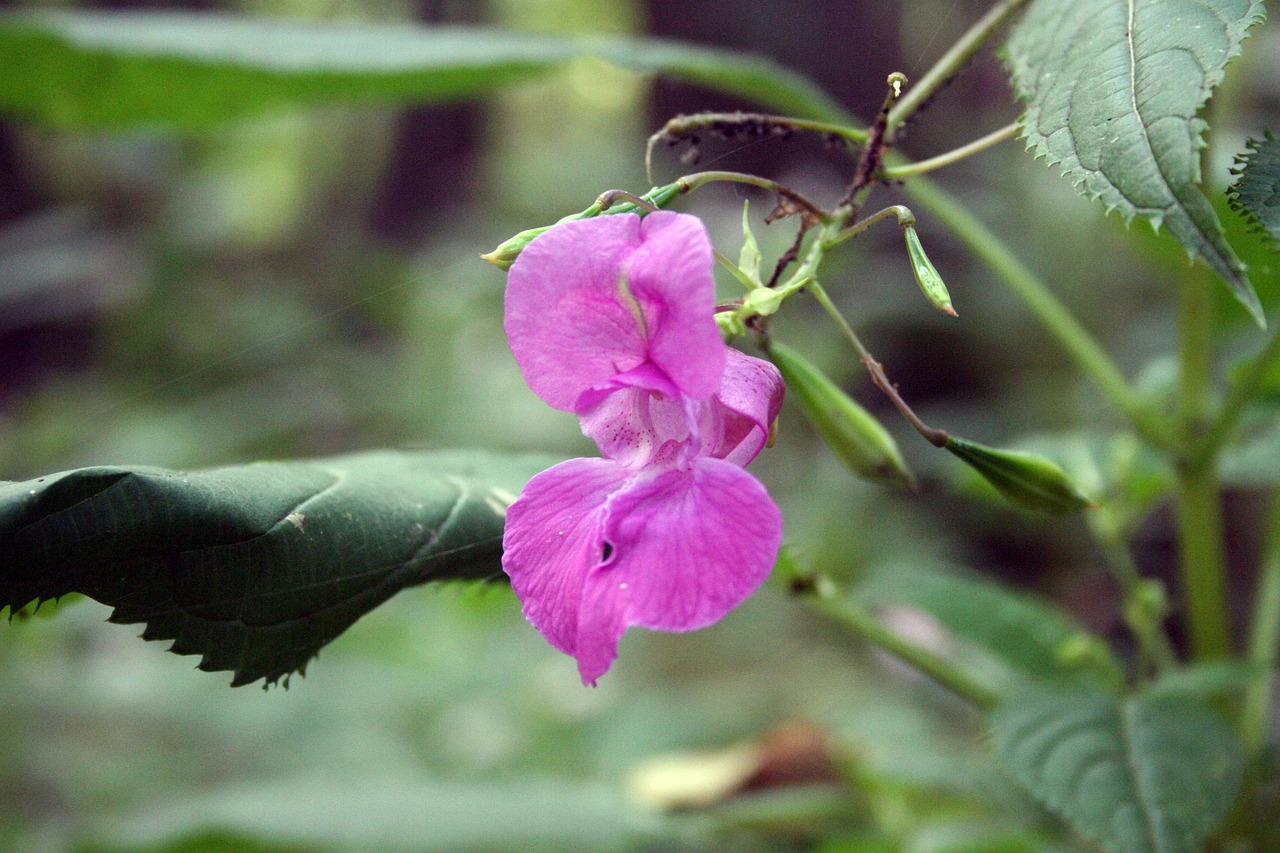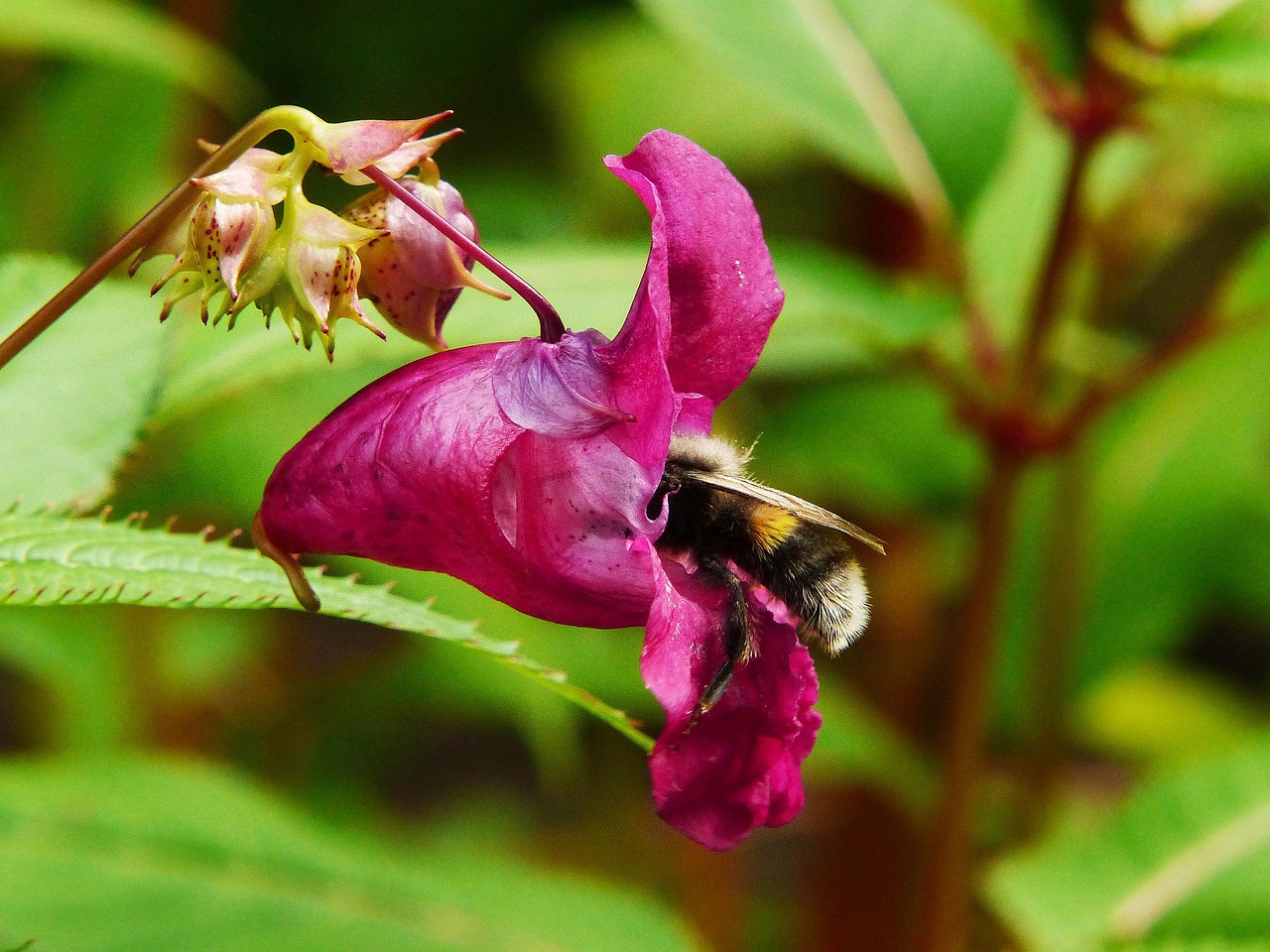The balsam fir tree (Abies balsamea) typically grows at a moderate rate, averaging about 12 to 24 inches per year under optimal conditions. Factors such as soil quality, sunlight, and moisture significantly influence its growth rate, making it essential to consider these elements when planting and caring for this tree.
Understanding the Growth Rate of Balsam Fir Trees
Balsam fir trees are popular for their fragrant needles and conical shape, making them a favorite choice for landscaping and Christmas trees. Understanding how fast they can grow helps gardeners and homeowners make informed decisions about planting and maintenance. While the average growth rate is between one to two feet each year, this can vary significantly based on environmental factors.

When considering the growth rate of a balsam fir, it is important to explore the ideal conditions for their growth. These trees thrive in cool, moist climates and prefer well-drained, acidic soils. They are native to northeastern North America, where they are commonly found in mountainous regions and forests. This natural habitat influences their growth patterns and overall health.
Factors Affecting Growth Rate
Several key factors impact how quickly a balsam fir tree can grow:
- Soil Quality: Balsam firs prefer well-drained, sandy or loamy soils that are rich in organic matter. Soil pH should ideally be between 5.0 and 6.5. Poor soil conditions can stunt growth and lead to disease.
- Sunlight: These trees thrive in full sun to partial shade. While they can tolerate some shade, prolonged exposure to low light conditions can slow their growth.
- Moisture: Adequate moisture is crucial for the healthy growth of balsam firs. They prefer consistently moist soil but can suffer from root rot if waterlogged.
- Climate: Balsam firs grow best in cooler climates with cold winters and moderate summers. They are less suited to hot, dry environments.
Growth Stages of Balsam Fir Trees
Balsam fir trees go through distinct growth stages that affect their overall height and health:

- Seedling Stage: This stage lasts for the first few years after germination. Seedlings are vulnerable and require protection from extreme weather and competition from other plants.
- Juvenile Stage: During this phase, which can last up to ten years, the tree begins to establish itself. Growth is typically rapid, provided the conditions are favorable.
- Mature Stage: As the tree matures, its growth rate slows down significantly. A healthy balsam fir can reach heights of 40 to 60 feet at maturity, with a lifespan of up to 100 years or more.
Optimal Conditions for Planting
If you are considering planting a balsam fir tree, creating optimal conditions can enhance its growth rate:
- Select a location with good drainage to prevent waterlogging.
- Choose a spot that receives at least six hours of direct sunlight each day.
- Amend the soil with organic matter to improve fertility and structure.
- Ensure consistent watering during dry spells, especially for young trees.
By paying attention to these factors, you can help your balsam fir tree reach its potential growth rate and enjoy its beauty for many years to come. Understanding how fast these trees grow is not just about numbers; it’s about creating the right environment for them to thrive.
In the following sections, we will delve deeper into specific care techniques for balsam fir trees, common pests and diseases that may affect their growth, and tips for successful planting and maintenance. By gaining a comprehensive understanding of these aspects, you will be better equipped to cultivate healthy, thriving balsam firs in your landscape.

Care Techniques for Balsam Fir Trees
Proper care is essential for the healthy growth of balsam fir trees. Understanding the specific needs of these trees can help you provide the right conditions for optimal growth and longevity. The following care techniques cover watering, fertilization, pruning, and mulching, all of which play a critical role in ensuring your balsam fir thrives.
Watering Requirements
Watering is one of the most crucial aspects of caring for a balsam fir tree, especially during its early years. Here are some guidelines to consider:
- Frequency: Young balsam fir trees require regular watering, especially in the first two to three years after planting. Water them deeply once a week during dry spells.
- Amount: Ensure that the soil is moist but not waterlogged. A good rule of thumb is to provide about one inch of water per week, either from rainfall or supplemental irrigation.
- Technique: Water at the base of the tree to encourage deep root growth. Avoid overhead watering, which can lead to fungal diseases.
Fertilization Practices
Fertilization helps enhance soil nutrients and promotes healthy growth in balsam fir trees. Here’s how to effectively fertilize:
- Type of Fertilizer: Use a slow-release, balanced fertilizer with an N-P-K ratio of 10-10-10 or similar. Organic options like compost can also be beneficial.
- Timing: Fertilize in early spring before new growth begins. This timing ensures that nutrients are available when the tree is actively growing.
- Application: Follow the manufacturer’s instructions for the amount to apply based on the tree’s age and size. Spread the fertilizer evenly around the root zone, avoiding direct contact with the trunk.
Pruning Techniques
Pruning is essential for maintaining the health and shape of balsam fir trees. Proper pruning encourages strong growth and helps prevent disease. Consider the following:

- When to Prune: The best time to prune balsam fir trees is late winter or early spring, before new growth starts. This timing minimizes stress on the tree.
- What to Prune: Remove dead, damaged, or diseased branches first. Also, thin out crowded areas to improve air circulation and sunlight penetration.
- How to Prune: Use clean, sharp pruning shears or saws to make clean cuts. Avoid leaving jagged edges, as they can invite pests and diseases.
Mulching for Moisture Retention
Applying mulch around your balsam fir tree can significantly benefit its growth by retaining moisture and regulating soil temperature. Here are some tips on effective mulching:
- Material: Use organic mulch such as wood chips, bark, or straw. These materials decompose over time, adding nutrients to the soil.
- Depth: Apply a 2 to 4-inch layer of mulch around the base of the tree, extending out to the drip line. Avoid piling mulch directly against the trunk, which can lead to rot.
- Maintenance: Replenish mulch as needed throughout the growing season. Check for any signs of decomposition and replace it to maintain its effectiveness.
Pest and Disease Management
Balsam fir trees can be susceptible to various pests and diseases that may hinder their growth. Regular monitoring and proactive measures can help keep these issues at bay:
- Pests: Common pests include aphids, spider mites, and bark beetles. Inspect your trees regularly for signs of infestation, such as discolored needles or visible insects.
- Diseases: Fungal diseases like needle cast and root rot can affect balsam firs. Ensure proper watering practices and avoid overcrowding to minimize risks.
- Treatment: If you notice signs of pests or disease, act quickly. Use insecticidal soap for pests or consult with a local arborist for appropriate fungicide treatments.
Caring for a balsam fir tree involves a thoughtful approach that encompasses proper watering, fertilization, pruning, mulching, and pest management. By implementing these care techniques, you can create an environment where your balsam fir flourishes, showcasing its beauty for years to come.
Common Pests and Diseases Affecting Balsam Fir Trees
While balsam fir trees are generally hardy, they can be susceptible to various pests and diseases that may affect their growth and overall health. Identifying these issues early is crucial for effective management and prevention. Understanding the potential threats can help you take proactive measures to protect your trees.
Pests That Affect Balsam Fir Trees
Several pests are known to target balsam fir trees, causing damage that can hinder growth. Here are some of the most common pests:
- Aphids: These small, soft-bodied insects can be found on the new growth of balsam firs. They feed on sap, leading to yellowing leaves and stunted growth. An infestation can also attract ants and lead to sooty mold.
- Spider Mites: Spider mites thrive in dry conditions and can be particularly damaging during hot, dry spells. They create fine webs on the tree and cause leaf discoloration and drop. Regular misting can help prevent infestations.
- Bark Beetles: These pests bore into the bark of balsam firs, disrupting nutrient flow. Infested trees often display signs of wilting and needle drop. Early detection is key to managing bark beetle populations.
- Eastern Tent Caterpillars: These caterpillars create large webs in the branches and consume the foliage. While they may not kill a mature tree, severe defoliation can weaken it significantly.
Identifying Pest Infestations
Monitoring for signs of pest infestations is essential. Look for the following indicators:
- Discolored or wilting needles
- Visible insects or webs on the branches
- Presence of sticky residue (honeydew) on leaves or surfaces below the tree
- Weak or dying branches
Diseases That Impact Balsam Fir Trees
Balsam fir trees are also vulnerable to several diseases, many of which are fungal in nature. Here are some common diseases to watch for:
- Needle Cast: This fungal disease causes needles to turn brown and drop prematurely. Needle cast can weaken the tree and make it more susceptible to other stresses. Regularly removing fallen needles can reduce the spread of this disease.
- Root Rot: Caused by overwatering or poor drainage, root rot leads to the decline of the tree’s roots, resulting in yellowed needles, wilting, and eventually death. Ensuring proper drainage is vital to prevent this issue.
- Phytophthora Blight: This water-borne pathogen affects the roots and lower trunk, causing dark lesions and tree decline. Managing soil moisture levels is critical in preventing this disease.
- Fusarium Canker: This disease results in sunken lesions on the bark, leading to dieback in branches. Cankers can be pruned out if caught early.
Management Strategies for Pests and Diseases
Effective management strategies can help protect your balsam fir trees from pests and diseases:
- Regular Monitoring: Inspect your trees frequently for any signs of pests or diseases. Early detection allows for more effective control measures.
- Cultural Practices: Implement good cultural practices such as proper watering, mulching, and pruning to promote tree health and resilience against pests and diseases.
- Pesticides: If infestations occur, consider using pesticides labeled for use on balsam firs. Always follow application instructions carefully to minimize harm to beneficial insects.
- Biological Control: Encourage natural predators like ladybugs and lacewings that help control aphid populations. Introducing beneficial nematodes can help manage soil-borne pests.
Preventive Measures for Healthy Trees
Preventing pest and disease issues is often more effective than dealing with them after they arise. Here are preventive measures you can take:
- Select Healthy Plants: When planting balsam fir trees, choose healthy specimens free from visible signs of pests or diseases.
- Avoid Overcrowding: Ensure adequate space between trees to promote good air circulation, which helps reduce humidity levels that favor disease development.
- Maintain Soil Health: Regularly amend the soil with organic matter to keep it healthy, ensuring that trees have access to essential nutrients.
By staying vigilant against pests and diseases, you can help your balsam fir trees thrive and maintain their beauty throughout the seasons. Understanding how to identify, manage, and prevent these issues will contribute significantly to their overall health and growth rate.
Additional Considerations for Growing Balsam Fir Trees
As you embark on the journey of growing balsam fir trees, it is essential to consider several additional factors that can enhance their growth potential and overall health. These considerations encompass planting techniques, seasonal care, and landscape integration, which are vital for ensuring that your balsam firs thrive in your chosen environment.
Choosing the Right Location
The location you select to plant your balsam fir trees can significantly influence their growth rate. Here are some important aspects to consider when choosing the right spot:
- Sun Exposure: Aim for a site that receives full sun or partial shade. Too much shade can hinder growth, while adequate sunlight encourages robust development.
- Wind Protection: Since balsam firs are not particularly wind-resistant, consider planting them near structures or other trees that can provide shelter from strong winds.
- Proximity to Water Sources: Ensure that the planting site is not prone to flooding. However, being near a water source can be beneficial for maintaining moisture levels, particularly during dry spells.
Seasonal Care Practices
Understanding how to care for your balsam fir trees throughout the seasons can also impact their growth rate:
- Spring Care: In spring, focus on fertilization and watering as new growth emerges. Monitor for any pests that may have survived the winter and address issues promptly.
- Summer Maintenance: During the hot summer months, ensure consistent watering and mulch to retain soil moisture. Keep an eye out for spider mites and aphids, which can proliferate in warm weather.
- Fall Preparations: As fall approaches, prepare your balsam firs for winter by pruning dead or diseased branches. Mulch can also be added to insulate roots during colder months.
- Winter Care: Protect young trees from harsh winter conditions by wrapping the trunks with burlap or using tree guards if necessary. This helps prevent damage from frost and critters.
Integrating Balsam Firs into Your Landscape
Balsam fir trees can serve various purposes in landscaping, from providing shade to enhancing aesthetic appeal. Consider these integration tips:
- Design Elements: Use balsam firs as focal points in your landscape design. Their conical shape and vibrant green color make them an excellent choice for visual interest.
- Companion Planting: Pair balsam firs with other native plants that thrive in similar conditions. This can create a harmonious ecosystem and enhance biodiversity.
- Wildlife Habitat: Balsam firs provide shelter and food for various wildlife species. By planting them, you can attract birds and beneficial insects to your garden.
Final Thoughts
Growing balsam fir trees can be a rewarding experience, providing beauty and ecological benefits to your landscape. Understanding their growth rate of 12 to 24 inches per year, along with the factors that influence this rate, is crucial for ensuring their health and longevity. Implementing proper care techniques, including regular monitoring for pests and diseases, effective watering and fertilization practices, and seasonal maintenance, will maximize their potential.
As you cultivate these trees, remember that patience is key. They may take time to reach their full height and form, but with dedication and attention, your balsam firs will flourish. Whether you are planting them for personal enjoyment or as part of a larger landscape project, their majestic presence will undoubtedly enhance any setting.
By embracing the knowledge shared throughout this article, you can confidently grow balsam fir trees that stand tall and vibrant for generations to come. Enjoy the journey of nurturing these beautiful evergreens as they grow and thrive in your care.
